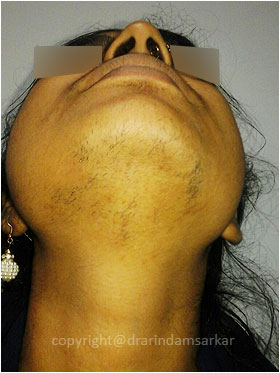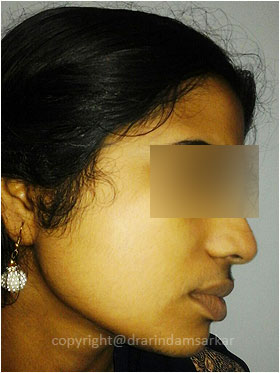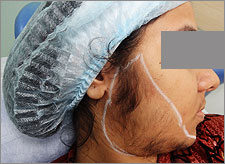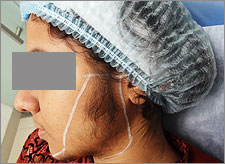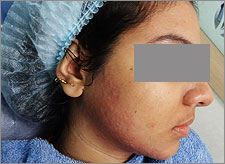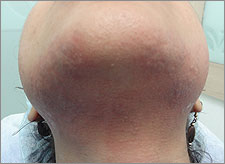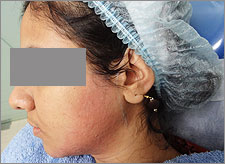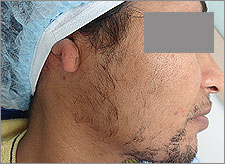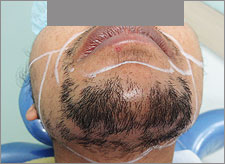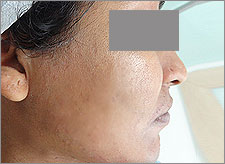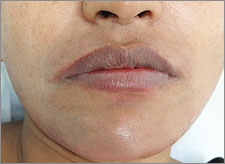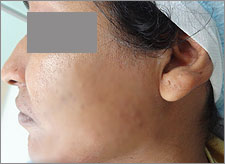



Hyperprichosis is increased in hair growth that is not androgen dependent. Hirsutism is growth of terminal hair in women on androgen dependent areas of bodies such as upper lip, chin or chest etc. The most common cause of hirsutism is polycystic overian disease. The most common areas which are treated by laser by laser are hair removal are axilla (under arms) bikini line, legs and face in women and chest back shoulder neck and rears in men. The ideal candidate for laser hair removal is a patients who resents with dark thick hair. Laser is not very successful in removing white hairs and fine vellus hair. Patients are advised to refrain from plucking or waxing for a period of time prior to treatment. Normally 5 to 7 treatments are required at 1 to 3 month interval. There are three ways light can potentially destroy hair qualities thermal (due local heating), mechanical (due to shock wave), and photo chemical (due to toxic generation of mediators like free radicals). Photo thermal destruction is done by 800 nm pulse diode laser, long pulsed 1064 nm Nd:YAG Lasers. Melanin is the natural chromophore for targeting hair follicle. The patients with active infections are not treated. History of Keloid or hypertrophic scar is not an absolute contra indication. Q switch laser should be avoided in the hair bearing areas that overlife tattoos.
High powered 800 nm diode laser is very effective for removal of dark skin individuals.
Long Pulse Nd:YAG Laser deeply penetrating wavelengths . But due to reduced melanin absorption, it needs high fluence in order to damage the hair root.
Ice pack reduces post operative pain. Mild topical steroid oils may be prescribed to reduce post treatment Edeama and Erythema (redness). During the first week of healing direct sun exposure should be avoided or sun block used.
